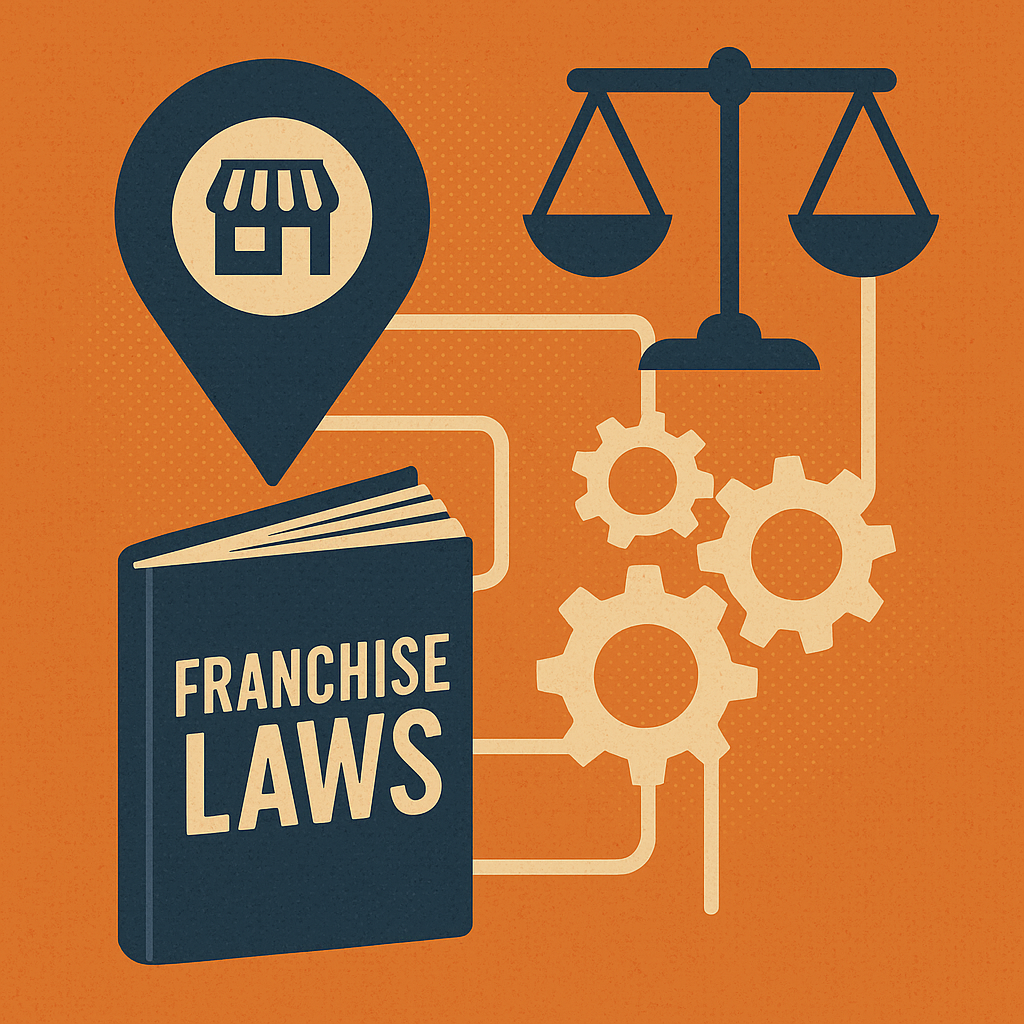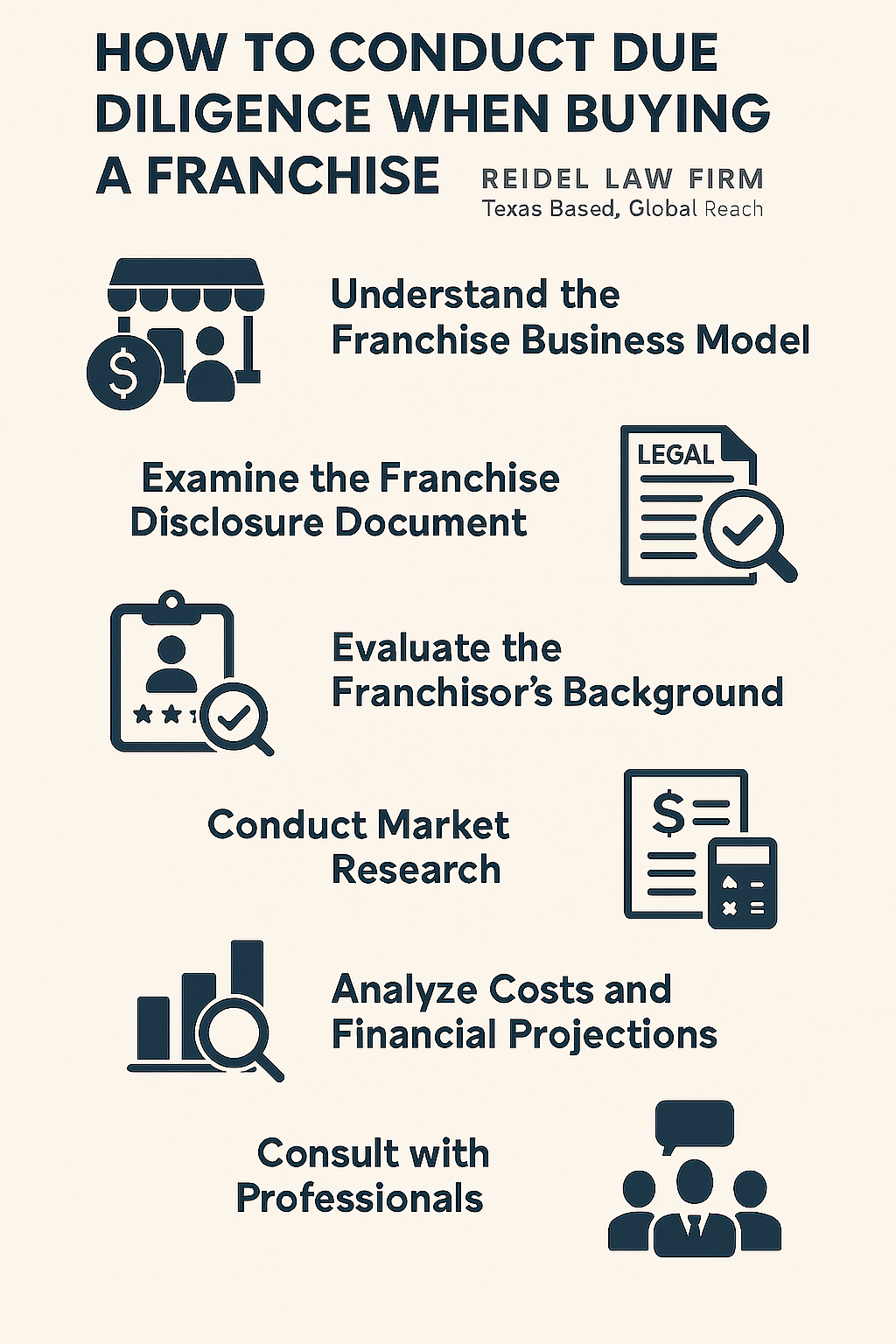Franchise success is heavily reliant on the location in which it operates. Choosing the right location has a significant impact on the business’s profitability, customer base, and overall growth potential. To ensure that you make an informed decision when evaluating potential franchise locations, it is essential to consider various key factors. In this article, we will delve into each factor in exhaustive detail to provide you with a comprehensive checklist for evaluating franchise locations.
Why Location Matters for Franchise Success
Location plays a pivotal role in the success of a franchise business. A strategically chosen location can provide easy access to a large customer base, resulting in increased footfall and revenue. It also allows for effective targeting of the desired customer segment, ensuring a higher level of customer satisfaction and loyalty. On the other hand, a poorly chosen location can lead to limited visibility, low customer traffic, and ultimately, a decline in profitability. Therefore, understanding why location matters is crucial in the process of evaluating potential franchise locations.
Furthermore, the location of a franchise can also impact its operational efficiency. A well-placed franchise can benefit from proximity to suppliers, reducing transportation costs and ensuring a steady supply of goods. Additionally, a favorable location can attract qualified and skilled employees, making it easier to recruit and retain a talented workforce. This can contribute to improved customer service and overall business performance.
Key Factors to Consider When Evaluating Franchise Locations
When evaluating franchise locations, several key factors come into play. These factors can influence the success and profitability of the business. It is important to thoroughly analyze each factor before making a final decision. Some of the key factors to consider include:
- Demographics: The demographic profile of an area helps in identifying the potential customer base for a franchise. Analyzing factors such as age, income levels, education, and lifestyle choices can provide insight into the target market’s preferences and purchasing power.
- Local Competition: Assessing the level of competition in the area is crucial. Understanding the market saturation and the presence of competing businesses can help determine if there is enough demand to sustain a new franchise.
- Traffic and Accessibility: The location’s accessibility and visibility directly impact customer footfall. Considering factors like proximity to highways, public transportation, and parking facilities can ensure easy access for both new and existing customers.
- Lease Terms and Rental Costs: Evaluating lease terms and rental costs is essential to ensure the business’s financial viability. Considering factors like lease duration, rent escalation clauses, and additional fees can help determine if the location is economically feasible.
- Zoning and Permits: Compliance with local regulations and obtaining the necessary permits is crucial. Understanding the zoning restrictions and permit requirements can prevent legal issues and delays in starting the franchise.
- Proximity to Suppliers: Proximity to suppliers and the efficiency of the supply chain can directly impact the franchise’s operational costs and overall profitability. Analyzing the availability and accessibility of suppliers is vital in maintaining consistent product quality and meeting customer demand.
- Customer Footprints: Understanding customer behavior and preferences is essential in delivering a tailored experience. Analyzing customer footprints and behavior patterns in the area can help determine the franchise’s potential success.
- Infrastructure and Amenities: Identifying the availability of essential facilities like utilities, parking lots, and maintenance services is essential for smooth day-to-day operations and customer convenience.
- Market Growth and Expansion Opportunities: Evaluating potential locations for market growth and expansion opportunities is critical for long-term success. Analyzing economic indicators, population growth, and market trends can help identify areas with high growth potential.
- Economic Indicators: Studying economic indicators such as income levels, employment rates, and business growth can help identify profitable markets for franchise growth. It allows for an understanding of the overall economic health and potential customer spending power in the area.
- Real Estate Trends and Property Values: Considering real estate trends and property values can provide insights into the area’s market dynamics. Assessing the stability and potential appreciation of property values is crucial for long-term business sustainability.
- SWOT Analysis: Conducting a SWOT (Strengths, Weaknesses, Opportunities, and Threats) analysis provides a comprehensive understanding of the potential risks and opportunities associated with a franchise location. This analysis allows for better decision-making and risk mitigation.
- Environmental Factors: In today’s environmentally conscious world, sustainability and green initiatives play a vital role. Evaluating factors like access to recycling facilities, green building standards, and environmental regulations can positively contribute to the franchise’s reputation and appeal.
- Risk Factors: Assessing the safety and security of potential locations is necessary to protect both customers and employees. Analyzing crime rates, emergency services availability, and the overall safety perception of the area is crucial.
- Cost of Living and Income Levels: Evaluating the cost of living and income levels of the target customer base is vital in determining price points and overall market demand for the franchise’s products or services.
- Local Partnerships and Collaborations: Identifying potential local partnerships and collaborations can provide valuable support to the franchise business. Collaborating with local organizations or businesses can enhance brand recognition, customer reach, and overall business success.
- Case Studies: Learning from successful franchise locations and studying their strategies can provide valuable insights and benchmarks. Analyzing case studies can help identify best practices and replicate successful techniques in the evaluation process.
Note: This is just a suggested list of subheadings, feel free to modify or add more based on your specific requirements or preferences.
In conclusion, evaluating franchise locations is a critical step in ensuring the success and profitability of a franchise business. By considering key factors such as demographics, local competition, traffic, accessibility, lease terms, zoning, proximity to suppliers, customer footprints, infrastructure, market growth opportunities, economic indicators, real estate trends, and conducting SWOT analysis, businesses can make informed decisions. Taking into account environmental factors, risk factors, cost of living, income levels, local partnerships, and studying successful case studies further enhances the evaluation process. By meticulously assessing each factor and utilizing this comprehensive checklist, franchise businesses can maximize their potential and achieve sustainable growth.






